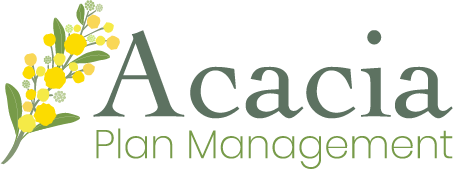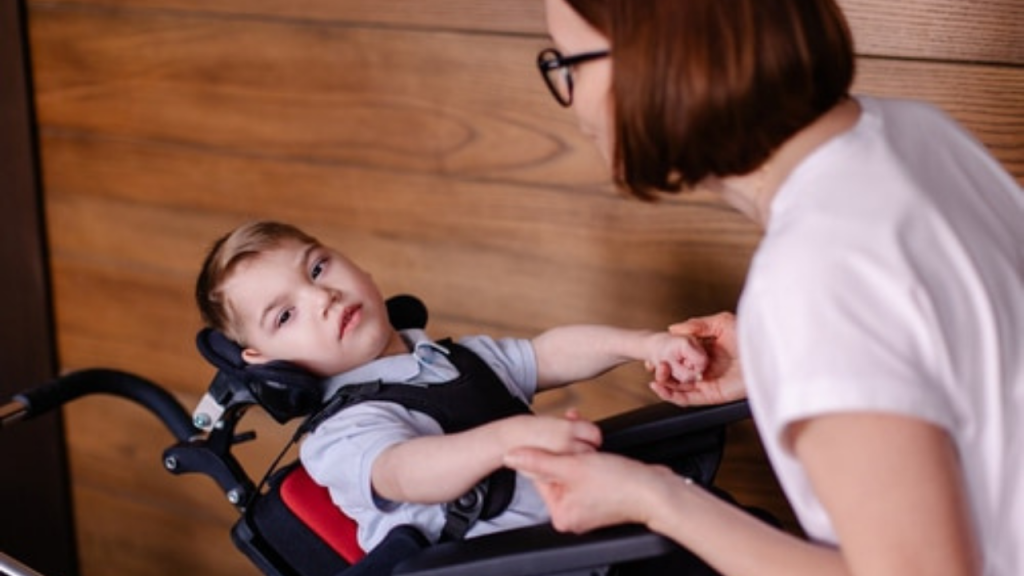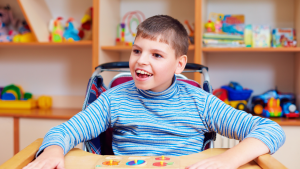If you have a child diagnosed with cerebral palsy, there is a considerable amount of support available including from the NDIS. This support includes financial support through government funding, emotional support from peer support groups as well as practical support through community groups.
What is cerebral palsy?
Cerebral palsy (CP) is a congenital brain development disorder that affect a person’s ability to move and maintain balance and posture. It is usually diagnosed in early childhood, with the first symptoms appearing during infancy or soon after.
Cerebral means having to do with the brain. Palsy means weakness or problems with using the muscles. CP is caused by abnormal brain development or damage to the developing brain that affects a person’s ability to control his or her muscles.
The symptoms of CP vary from person to person. A person with severe CP might need to use special equipment to be able to walk or might not be able to walk at all and require lifelong care. A person with mild CP, on the other hand, might walk a little awkwardly, but might not need any special help. CP does not get worse over time, though the exact symptoms can change over a person’s lifetime.
Symptoms can vary greatly and no two people with cerebral palsy are the same. Some people with cerebral palsy may have fairly limited physical symptoms and normal intellect, while others may not be able to walk on their own, have difficulty swallowing and have intellectual disability, blindness, epilepsy and deafness.
What causes cerebral palsy?
Cerebral palsy is the result of abnormal brain development, usually occurring during gestation, prior to birth.
The exact cause of cerebral palsy is not known, however it can occur as the result of:
- brain damage and abnormal development of the brain
- inflammation caused by meningitis or encephalitis
- stroke or reduced blood flow to the brain
- head injury
What are the symptoms of cerebral palsy?
The symptoms of cerebral palsy differ from person to person. The symptoms are movement, muscle, posture or balance related and can appear in the following ways:
- Issues with balance and coordination
- Muscle tone abnormalities: either too stiff or too lax
- Stiff muscles and exaggerated reflexes (spasticity)
- Stiff muscles with normal reflexes (rigidity)
- Involuntary movements or tremors
- Slow, writhing movements
- Delay in reaching motor skills milestones, such as sitting up or crawling
- Delay in reaching speech milestones or difficulty speaking
- Learning difficulties
- Issues with one side of the body, such as dragging one leg while crawling
- Difficulty swallowing, sucking, eating or excessive drooling
- Difficulty walking, such as walking on toes, a crouched gait, a scissors-like gait with knees crossing, a wide gait or an asymmetrical gait
- Difficulty with fine motor skills, such as buttoning clothes or picking up utensils
- Epilepsy or seizures
What is the prognosis for someone with cerebral palsy?
The brain disorder causing cerebral palsy doesn’t change with time, so the symptoms usually don’t progress or get worse with age.
Sometimes, the brain damage that has led to cerebral palsy is also the cause of other neurological issues, such as blindness, epilepsy or seizures. In cases such as this, the prognosis and development of these co-occurring disabilities may continue to progress or worsen.
Does Cerebral Palsy qualify for NDIS funding?
Yes! Cerebral Palsy does qualify for the NDIS.
The NDIS organises disabilities into different categories to help determine eligibility for funding. If your disability is in List A, like cerebral palsy is, you are very likely to be approved for funding, if it is under List B, you’ll need to provide a little more evidence (usually to help determine the severity of your disability) but it’s still likely that you will receive funding. If your disability sits in List C, you might find it a little more difficult to prove your eligibility and you’ll needs lots of supporting evidence from medical specialists.
Cerebral palsy is listed in List A, the list of disabilities that are very likely to be approved for the NDIS. However, cerebral palsy only meets the requirements for List A if it has been diagnosed as severe (e.g. assessed as Level 3, 4 or 5 on the Gross Motor Function Classification System – GMFCS).
If your child’s cerebral palsy has not been diagnosed as severe and therefore doesn’t meet the requirements for List A, it will fall under the List B disabilities, which means that you’ll need further functional assessment prior to being approved for the NDIS.
What support might I receive under the NDIS?
The NDIS offer a wide range of support services to help you. If you are looking for assistance to manage day-to-day life with cerebral palsy, you may be eligible to receive NDIS support on a range of services, from getting help with early intervention to accessing respite care or learning important life skills.
Some examples of NDIS support may include:
- Assistance going to school
- Assistance finding a job
- Behaviour support
- Early Childhood Intervention through the Early Childhood Approach (ECA)
- Exercise physiology and physical wellbeing services
- Lifestyle supports
- Therapy support
- Accommodation support services.
Each person’s funding will be determined based on their unique needs, personal goals and must be considered ‘reasonable and necessary’.
To learn more about cerebral palsy, read here: https://cerebralpalsy.org.au/our-research/about-cerebral-palsy/what-is-cerebral-palsy/





